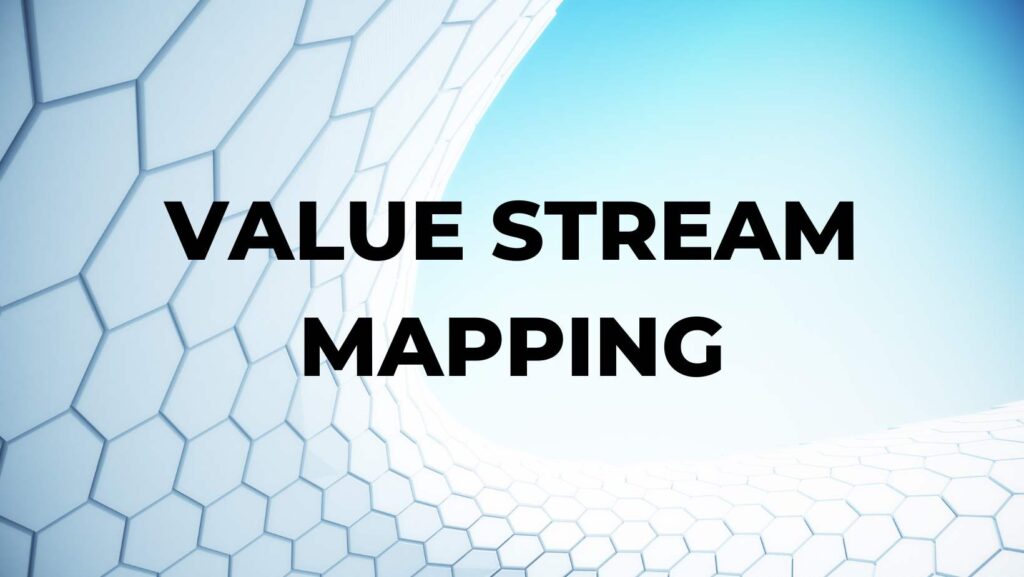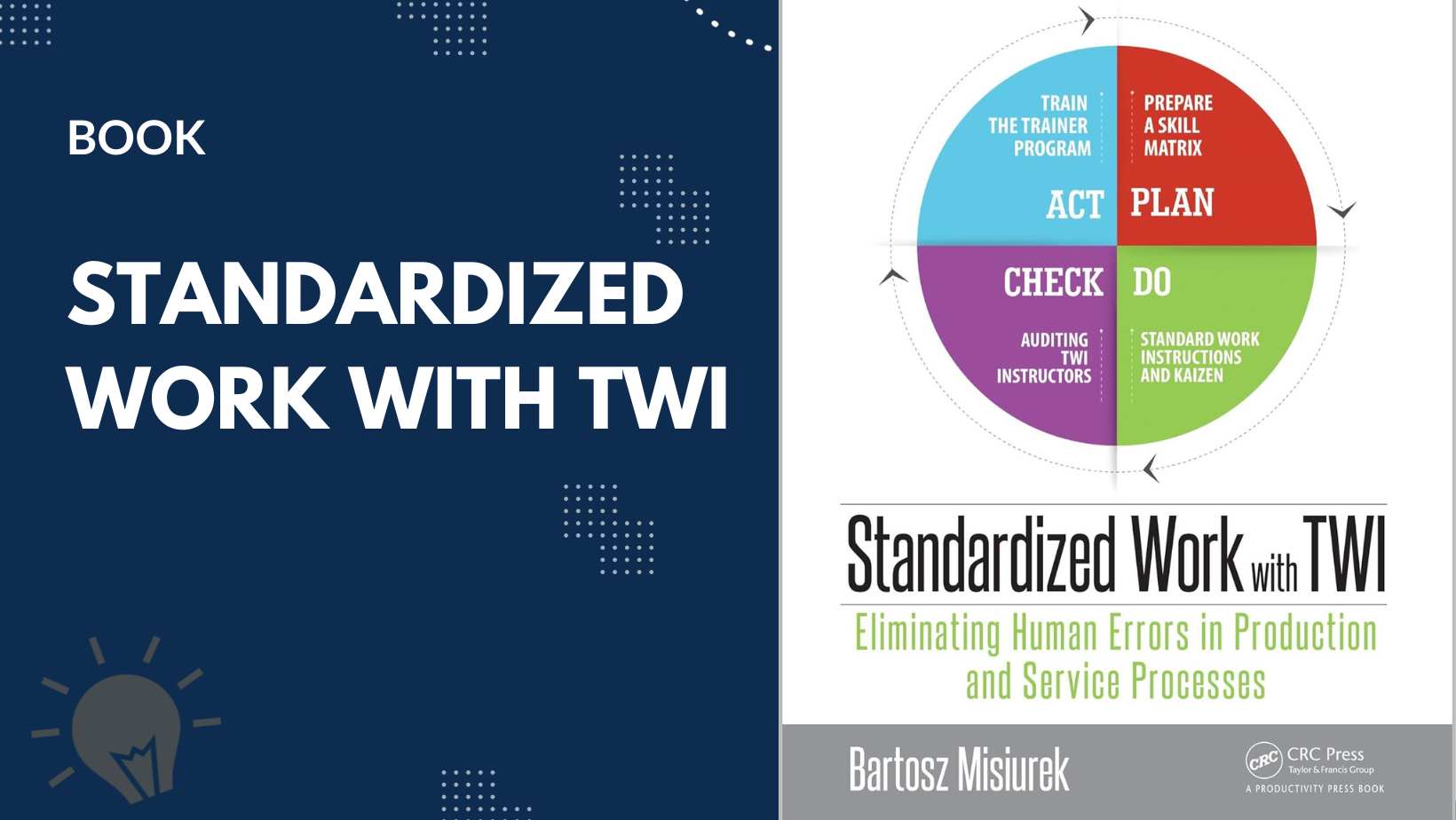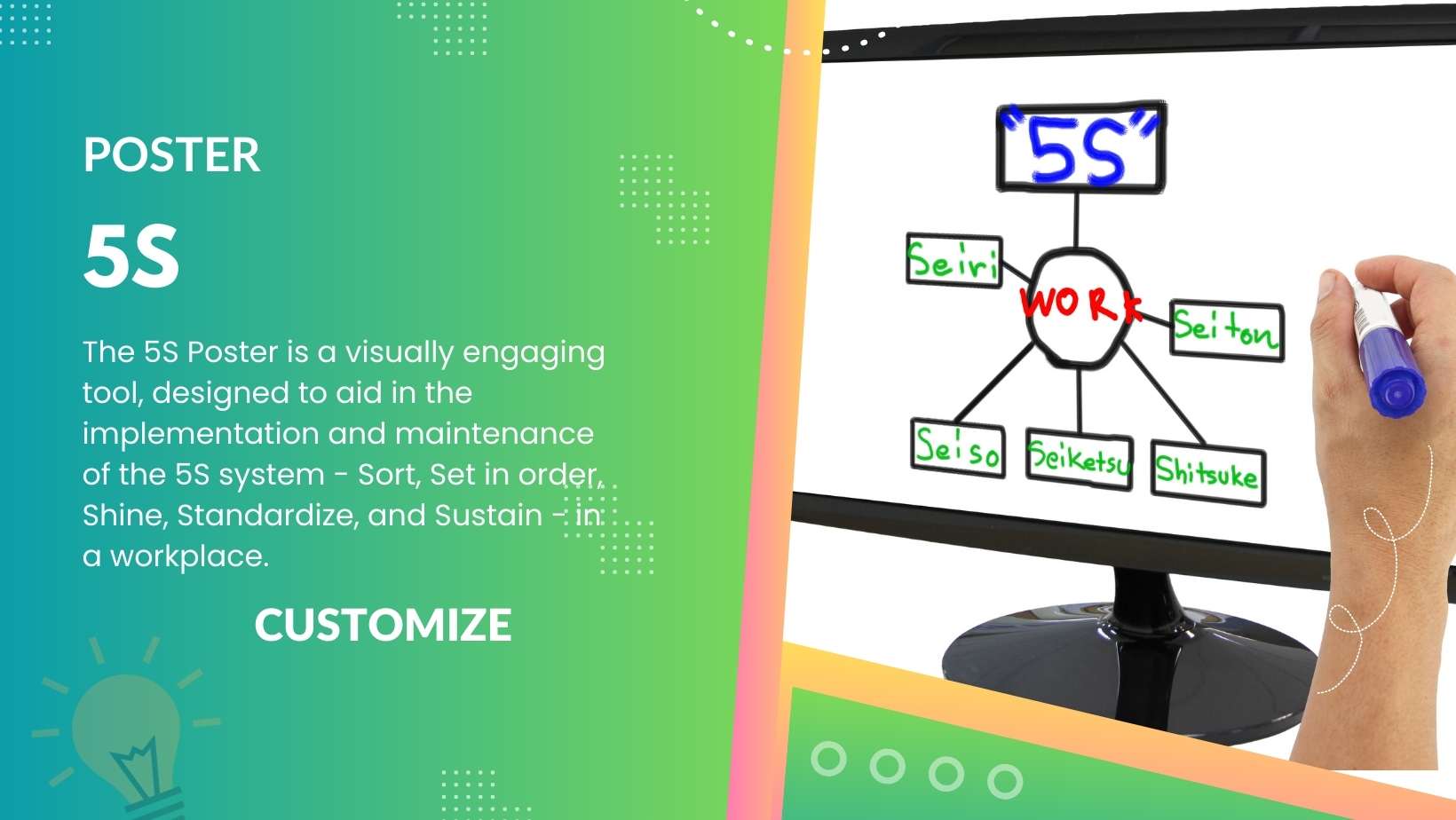Value Stream Mapping (VSM) is a visualization tool primarily used in the Lean Management methodology to represent every step involved in the flow of materials and information from product conception through to customer delivery. By breaking down processes and analyzing their components, VSM allows businesses to identify areas of waste and opportunities for improvement. This article dives into the key steps involved in executing a successful VSM.
Table of Contents
ToggleThe Purpose of VSM
Before delving into the mechanics, it’s essential to understand VSM’s objective. At its core, Value Stream Mapping aims to provide a holistic view of a process, making inefficiencies more noticeable and, subsequently, rectifiable. By visualizing the entire workflow, organizations can pinpoint bottlenecks, unnecessary steps, or redundancies, facilitating a smoother, more efficient process.
Preparing for VSM
The first step in Value Stream Mapping is preparation. Gather a cross-functional team representing each part of the value stream, from procurement to delivery. This diverse team ensures that every perspective of the process is considered. Additionally, ensure you have access to relevant data about the process, such as production volumes, times, and inventory levels.
Select a Product Family
Rather than mapping every product’s process flow, it’s practical to select a product family, i.e., a group of products that pass through similar processing steps. By focusing on a specific product family, the team can make significant improvements without being overwhelmed by the broader system’s complexities.
Current State Mapping
Begin by mapping the process as it currently exists—this is known as the “Current State” map. Document every step, both value-adding and non-value-adding. At this stage, it’s crucial to be realistic and honest about the present state, even if there are glaring inefficiencies.
Data Collection
For every step identified, gather quantitative data. This could include metrics like cycle times, wait times, defect rates, inventory levels, and any other relevant KPIs. By assigning numerical values to each step, it’s easier to identify areas that need improvement.
Identify Waste
With the Current State map and associated data at hand, look for the seven wastes of Lean: transport, inventory, motion, waiting, over-processing, overproduction, and defects. Highlighting these on your map will provide clear targets for the subsequent improvement stage.
Future State Mapping
With the Current State assessed, it’s time to envision a more efficient workflow by creating a “Future State” map. This map should eliminate or reduce identified wastes and offer a more streamlined process. It’s at this stage that the team can brainstorm and introduce innovative solutions to current problems.
Plan for Implementation
Turning the Future State map into reality requires careful planning. Prioritize identified improvements based on impact and feasibility. Create an action plan detailing what needs to change, who is responsible for each task, and the timeline for execution.
Implement Changes
With the plan in hand, initiate the changes. This might mean retraining staff, adjusting layouts, revising procurement strategies, or any number of modifications. It’s crucial to ensure clear communication throughout, so every stakeholder understands the changes and their rationale.
Regular Review and Iteration
Value Stream Mapping is not a one-time activity. Processes evolve, markets change, and inefficiencies can creep back in. Regularly review the implemented changes to ensure they’re delivering the expected benefits. Repeat the VSM process periodically to continuously refine and enhance the workflow.
Conclusion
Value Stream Mapping is a potent tool in the Lean Management arsenal. By offering a clear visualization of the entire process flow, it enables organizations to identify inefficiencies, reduce waste, and enhance overall productivity. While the steps might seem daunting initially, the returns—in terms of cost savings, improved lead times, and higher quality—make it a worthwhile investment for businesses seeking operational excellence.








